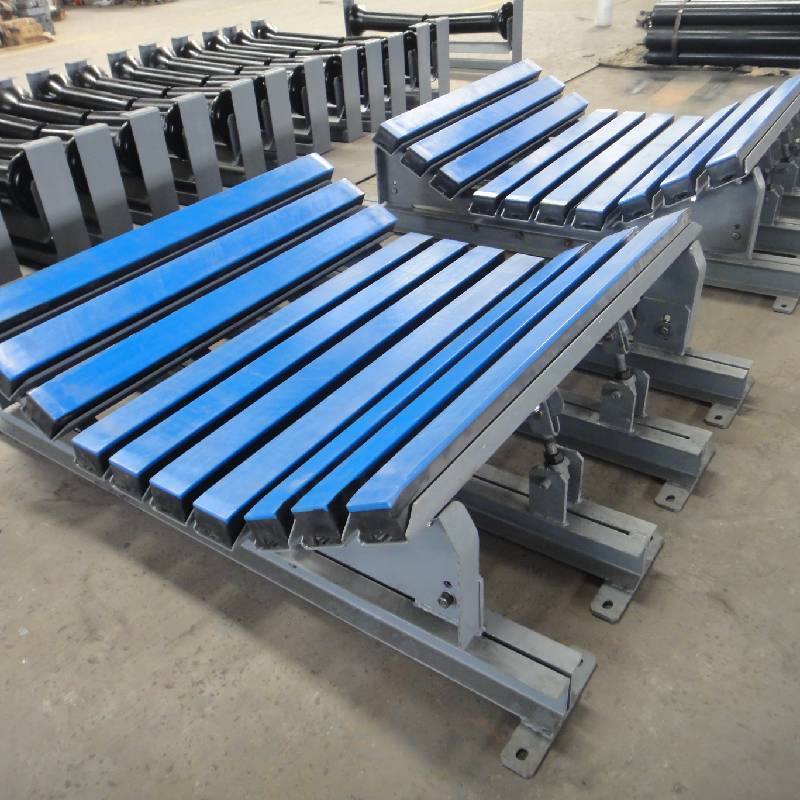 Afrikaans
Afrikaans  Albanian
Albanian  Amharic
Amharic  Arabic
Arabic  Armenian
Armenian  Azerbaijani
Azerbaijani  Basque
Basque  Belarusian
Belarusian  Bengali
Bengali  Bosnian
Bosnian  Bulgarian
Bulgarian  Catalan
Catalan  Cebuano
Cebuano  Corsican
Corsican  Croatian
Croatian  Czech
Czech  Danish
Danish  Dutch
Dutch  English
English  Esperanto
Esperanto  Estonian
Estonian  Finnish
Finnish  French
French  Frisian
Frisian  Galician
Galician  Georgian
Georgian  German
German  Greek
Greek  Gujarati
Gujarati  Haitian Creole
Haitian Creole  hausa
hausa  hawaiian
hawaiian  Hebrew
Hebrew  Hindi
Hindi  Miao
Miao  Hungarian
Hungarian  Icelandic
Icelandic  igbo
igbo  Indonesian
Indonesian  irish
irish  Italian
Italian  Japanese
Japanese  Javanese
Javanese  Kannada
Kannada  kazakh
kazakh  Khmer
Khmer  Rwandese
Rwandese  Korean
Korean  Kurdish
Kurdish  Kyrgyz
Kyrgyz  Lao
Lao  Latin
Latin  Latvian
Latvian  Lithuanian
Lithuanian  Luxembourgish
Luxembourgish  Macedonian
Macedonian  Malgashi
Malgashi  Malay
Malay  Malayalam
Malayalam  Maltese
Maltese  Maori
Maori  Marathi
Marathi  Mongolian
Mongolian  Myanmar
Myanmar  Nepali
Nepali  Norwegian
Norwegian  Norwegian
Norwegian  Occitan
Occitan  Pashto
Pashto  Persian
Persian  Polish
Polish  Portuguese
Portuguese  Punjabi
Punjabi  Romanian
Romanian  Russian
Russian  Samoan
Samoan  Scottish Gaelic
Scottish Gaelic  Serbian
Serbian  Sesotho
Sesotho  Shona
Shona  Sindhi
Sindhi  Sinhala
Sinhala  Slovak
Slovak  Slovenian
Slovenian  Somali
Somali  Spanish
Spanish  Sundanese
Sundanese  Swahili
Swahili  Swedish
Swedish  Tagalog
Tagalog  Tajik
Tajik  Tamil
Tamil  Tatar
Tatar  Telugu
Telugu  Thai
Thai  Turkish
Turkish  Turkmen
Turkmen  Ukrainian
Ukrainian  Urdu
Urdu  Uighur
Uighur  Uzbek
Uzbek  Vietnamese
Vietnamese  Welsh
Welsh  Bantu
Bantu  Yiddish
Yiddish  Yoruba
Yoruba  Zulu
Zulu Components and Roles of Belt Conveyor Systems Explained in Detail
Understanding Belt Conveyor Parts and Functions
Belt conveyors are essential components in various industrial processes, serving as a crucial link in the supply chain. They are designed to transport materials efficiently over a long distance and have a myriad of applications in industries such as mining, manufacturing, and logistics. In this article, we will explore the essential parts of belt conveyors and their respective functions.
1. Belt
The belt is the most prominent component of a belt conveyor. Made from different materials such as rubber, fabric, or metal, the belt carries the load from one point to another. The type of belt chosen depends on the material being transported—their weight, size, and the environment of operation. For instance, heavy-duty rubber belts are often used for bulk materials, while lighter fabrics may be used for smaller items.
2. Pulleys
Pulleys are cylindrical components located at either end of the conveyor. They are responsible for driving the belt and ensuring its movement. The head pulley, usually located at the discharge side of the conveyor, is crucial for controlling the belt’s tension and direction. The tail pulley, on the other hand, is situated at the loading side. It serves to support the belt and maintain its structural integrity. Pulleys are often equipped with bearings to facilitate smooth rotation.
3. Drive Unit
The drive unit consists of a motor or gearbox that powers the pulleys to move the belt. The selection of the motor type and power rating depends on the specific application and load requirements. Electric motors are the most common type of drive units used, as they offer consistent power and can be easily controlled. For heavier applications, multiple motors may be employed to ensure adequate power distribution across the conveyor.
4. Frame
belt conveyor parts and functions

The conveyor frame provides structural support to the belt and other components. Constructed from materials such as steel or aluminum, the frame must be robust enough to withstand the weight of the materials being transported and the stresses imposed during operation. The design of the frame is crucial for ensuring that the conveyor system remains stable and can manage dynamic loads.
5. Idlers
Idlers are used to support the belt between the pulleys. They play a vital role in maintaining the proper tension of the belt and reducing wear and tear. Typically, idlers are equipped with rolling elements, enabling them to rotate freely and minimize friction as the belt moves over them. This not only improves the efficiency of the conveyor system but also extends the life of the belt.
Take-up units are essential for maintaining the tension of the belt throughout its operating life. They allow for adjustments to the belt length as it stretches or wears down over time. A properly tensioned belt ensures optimal performance and decreases the chances of slippage or misalignment. There are two primary types of take-up systems manual and automatic, each offering different levels of control and maintenance.
7. Loading and Unloading Equipment
Loading and unloading equipment includes chutes, hoppers, and other devices that facilitate the transfer of materials onto and off the belt conveyor. These components are designed to ensure a smooth transition of materials, preventing spillage and minimizing product damage. Proper loading and unloading equipment greatly contributes to the efficiency of the conveyor system.
Conclusion
Understanding the parts and functions of belt conveyors is crucial for optimizing their use in industrial applications. Each component, from the belt to the pulleys and idlers, plays a critical role in the overall performance and efficiency of the conveyor system. By selecting the right components and maintaining them regularly, industries can enhance productivity, reduce downtime, and improve safety in their operations. As technology advances, further innovations in belt conveyor design and components are anticipated, pushing the boundaries of what these systems can achieve.
-
Trusted Conveyor Solutions from Leading Conveyor Idler Roller ManufacturersNewsJun.27,2025
-
Reliable Return Idler Solutions for Efficient Belt Conveyor SystemsNewsJun.27,2025
-
Precision Conveyor Accessories for Streamlined Material HandlingNewsJun.27,2025
-
High-Quality Belt Conveyor Idler Solutions for Efficient Material HandlingNewsJun.27,2025
-
High-Performance Belt Conveyor Pulleys for Reliable Material HandlingNewsJun.27,2025
-
Enhancing Material Handling EfficiencyNewsJun.27,2025





























